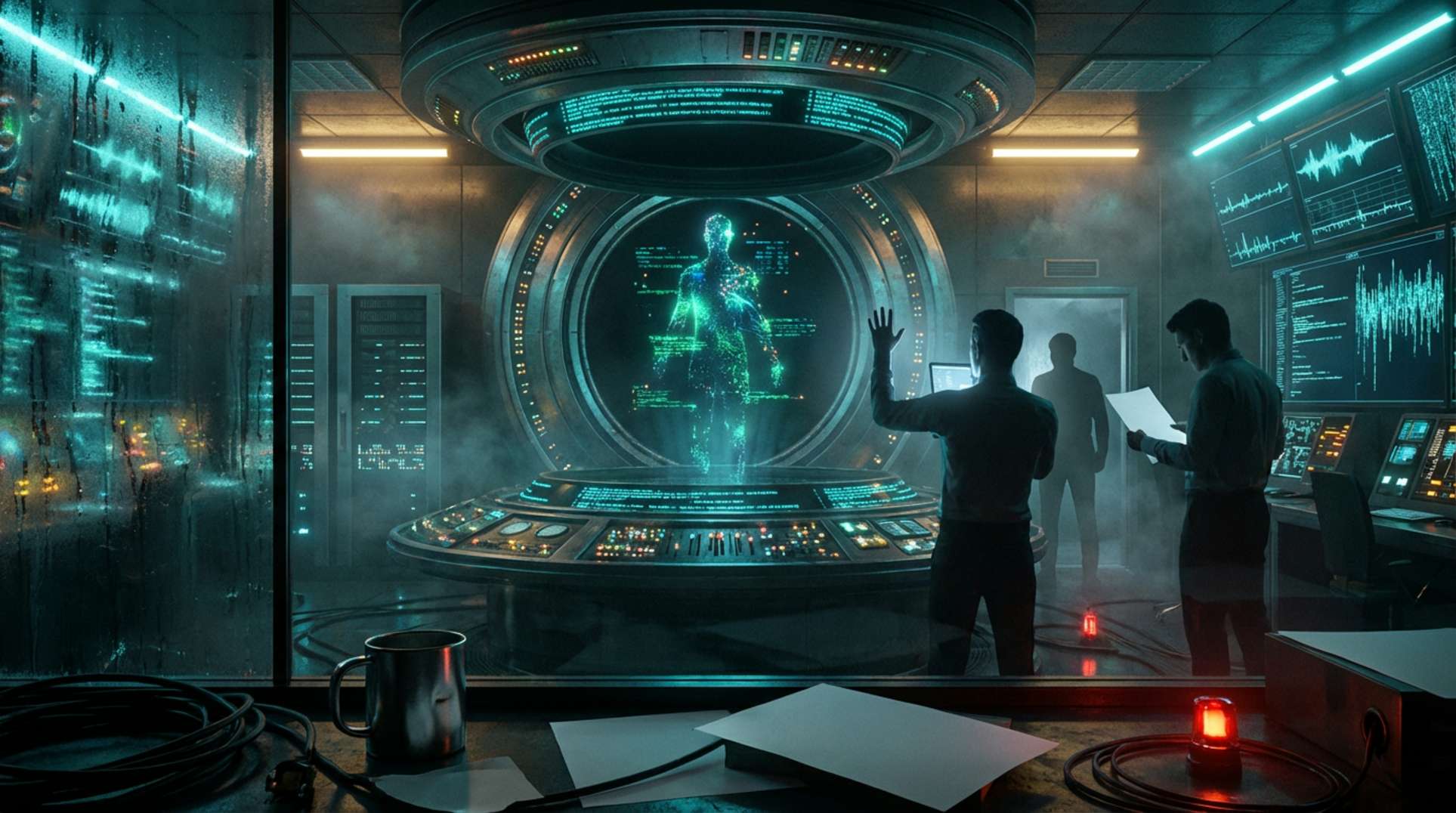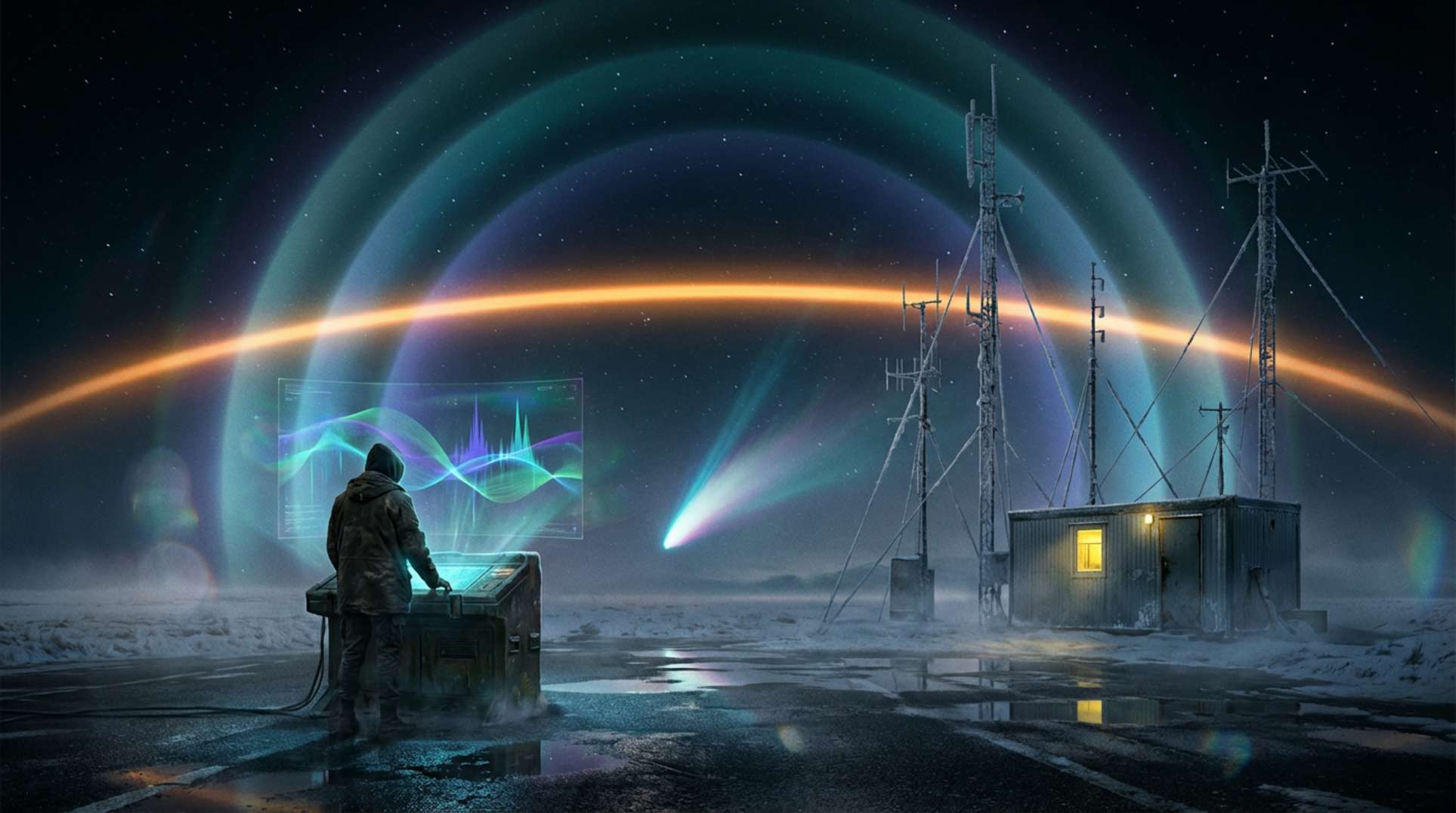If your office feels less like a vibrant hive and more like a séance for productivity’s ghosts, congratulations—you’ve entered spectral capitalism. Beyond the frantic drive for KPIs and endless Zoom fatigue lurks a more ancient force: what Karl Marx termed “dead labor.” This concept embodies the crystallized sweat of anonymous workers embedded in every cubicle, spreadsheet, and algorithm. In the digital capitalism era, remote work, and generative AI, these ghosts have multiplied and grown smarter.
Post-pandemic capitalism has shifted from noisy office floors to pixelated screens, disembodying workers rather than liberating them. The workplace now exists everywhere—and nowhere. What haunts our 21st-century labor? Why does modern employment often feel eerily automated and existentially hollow? The answer lies in the enduring presence of dead labor, now reanimated as spectral capitalism.
Defining Dead Labor: Marx’s Theory for the Digital Age
In Marxist critique, ‘dead labor’ signifies labor preserved in products, machines, code, or infrastructure. “Capital is dead labor, that, vampire-like, only lives by sucking living labor,” Marx quipped (LitHub explores this metaphor). Today, the automation of work, the rise of AI, and the proliferation of remote tech have detached workers from physical production. Tools and platforms that once needed living hands now operate as self-perpetuating ghosts, extracting value from every keystroke or click. As Marx’s Capital explains, the more capital “sucks” from the living, the more powerful—and spectral—it becomes.
This isn’t just academic nostalgia; today’s office worker can feel alienated by algorithms and a supervisor’s glare. In tragic cases like the Suchir Balaji whistleblower case, we witness the lethal intersection of dead labor (coded into AI and platforms) with modern tech’s intense pressures. These ghosts are real—they manifest in every Slack notification and phantom employment review.
Haunted Workplaces and the Rise of Spectral Capitalism
The contemporary workplace resembles a haunted house, buzzing with the remnants of failed startups, eliminated job roles, and “dead” projects that persist in legacy code or institutional jargon. It mirrors a digital séance: workers converse with screens, maintain malfunctioning systems, and exhaust themselves on tasks whose actual impact is elusive, often predetermined by outdated corporate logic. Essays and critiques like Horror in Capitalism’s Wake and forums discussing Marx’s original theory illustrate how this zombification feels both institutional and intensely personal.
Spectral capitalism transcends efficiency or creative destruction. It embodies the metaphysical reality that workers are shadowed by fragments of labor past—endless spreadsheets, forgotten AI bots, and outsourcing decisions that shape daily experiences. This dynamic fuels modern burnout, explored in investigations of AI and capitalism’s future. It also spurs cultural returns to ghost stories and horror media as metaphors for white-collar ennui.
Automation, AI, and the Zombie Logic of Postmodern Capitalism
The relentless quest to maximize profit by cutting costs and automating processes hasn’t liberated anyone—it’s intensified the spectral nature of work. Cloud services, legacy databases, and automation scripts carry fragments of past human labor, echoing the “living dead” metaphor of Marx. Alienation increases when human oversight vanishes and decision-making devolves to algorithmic ghosts—sometimes with fatal outcomes, as evidenced by disturbing cases of whistleblower retaliation and dark secrets in the high-tech world (see this exposé).
Critical voices link this phenomenon to broader cultural and political trends: with power centralized in multinational companies and value extraction occurring invisibly, today’s job market feels haunted by unprecedented economic instability. Whether through economic analyses of dead labor’s performance or news stories on apocalyptic predictions and their psychological effects, the haunted workplace meme carries both serious weight and cultural relevance.
Escaping the Haunted Office: Resistance, Meaning, and the Future of Work
Are we doomed to toil as spectral labor, forever haunted by the virtualization of value? Not necessarily. Cultural resistance offers hope. Movements to unionize tech, demand AI transparency, and reclaim meaning in labor represent steps toward exorcising dead capital’s ghosts. Websites like Unexplained.co provide vibrant forums where apocalyptic anxiety intersects with systemic analysis and humor. New questions—regarding AI alignment, workplace democracy, and reclaiming the “living” in labor—occupy everyone’s minds, fueling visions of a post-spectral future.
The haunted workplace extends beyond a meme: it illustrates a lived reality shaped by centuries of capitalist transformation and contemporary anxieties. Want to grasp what’s next in the shadowlands of work, capitalism, and meaning? You’re already experiencing it—and you’re not isolated in hearing the shuffling footsteps of dead labor echoing with every Monday morning login.





